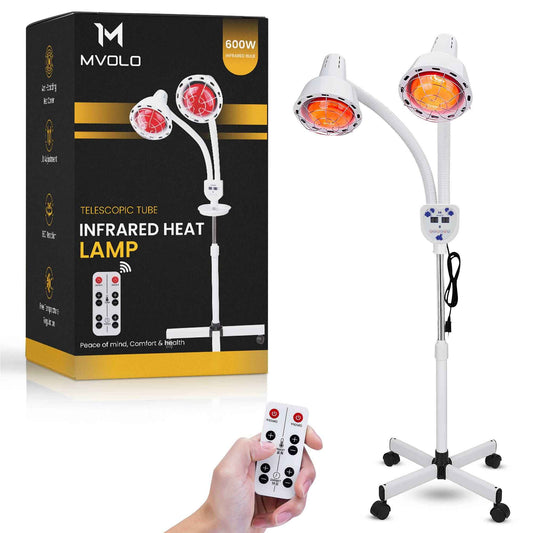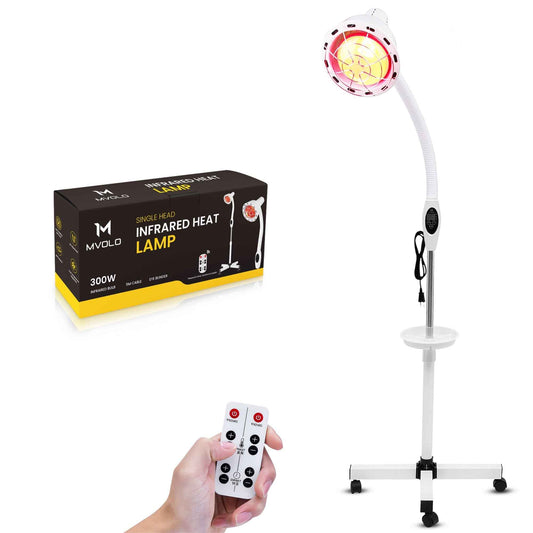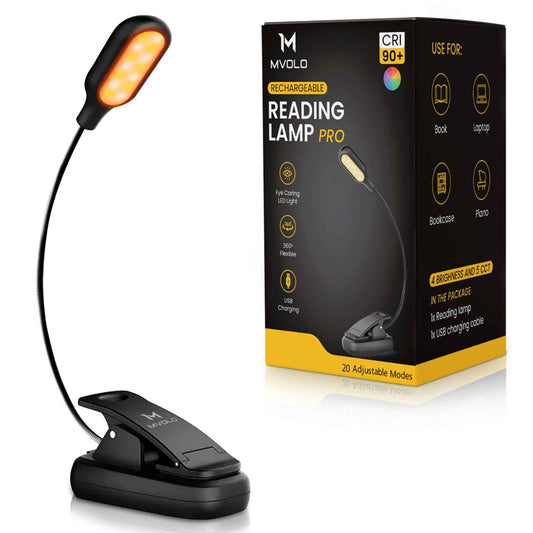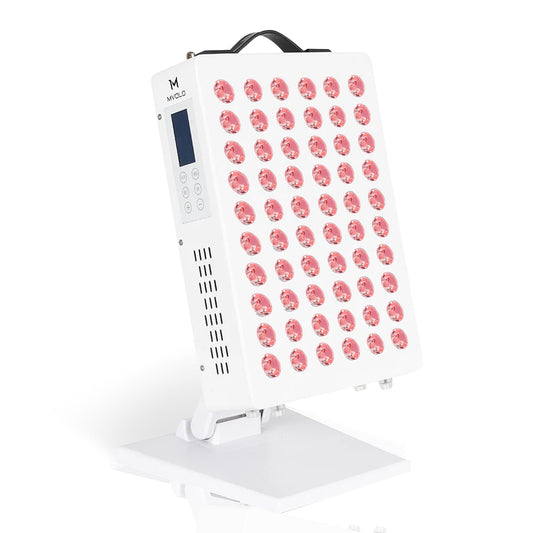Red Light as a Natural Solution for Cardiovascular Problems
Deel
Cardiovascular diseases are the leading cause of death worldwide. It is a serious issue that affects millions of lives and continues to rise despite advances in medical science. But why are cardiovascular diseases such a threat, and more importantly, what can we do to prevent or treat them? A promising approach that is gaining more attention is red and near-infrared light therapy. This article explores how this therapy works and reviews supporting scientific studies.
Why Cardiovascular Diseases Are So Dangerous
Cardiovascular diseases include conditions such as high blood pressure, heart attacks, strokes, and atherosclerosis. These diseases often arise from a combination of factors: unhealthy diet, lack of exercise, stress, genetic predisposition, and even environmental factors such as pollution. Inflammation in the blood vessels and poor circulation lead to serious problems. When blood vessels lose their flexibility or plaque builds up in the arteries, the risk of blockages increases significantly, which can result in a heart attack or stroke.
What makes this problem worse is that cardiovascular diseases often go unnoticed until a major event occurs. Symptoms such as shortness of breath or chest pain are often ignored until it’s too late. This makes prevention and early treatment crucial.
The Power of Red and Near-Infrared Light in the Fight Against Cardiovascular Diseases
Red and near-infrared light therapy is a non-invasive method that is gaining attention for its promising results in treating and preventing cardiovascular diseases. But how does it work?
-
Improving Blood Vessel Health
A 2021 study showed that red and near-infrared light could improve the functioning of endothelial cells, stimulate angiogenesis, and promote vasodilation, leading to better circulation and lower blood pressure (Hamblin et al., 2021). These benefits can help prevent blockages in blood vessels and reduce inflammation, improving overall cardiovascular health.
It is important to note: In studies like these, intracoronary irradiation is often used, a medical procedure where radiation is applied directly to the coronary arteries (Hamblin et al., 2021). This is not something we can replicate at home. However, applying red light to the chest area offers a good alternative for home use.
-
Improved Circulation and Heart Protection
Another study from 2018 found that red and near-infrared light therapy can help increase nitric oxide in the body, a molecule essential for relaxing and dilating blood vessels (Mitchell et al., 2018). This improved circulation can relieve chronic chest pain and even provide protection after a heart attack.
-
Healing Heart Damage Through Stem Cell Stimulation
A unique aspect of red light therapy is its ability to stimulate stem cells, which are vital for repairing damaged heart tissue. One study focused on the effect of red light therapy on stem cells after a heart attack and found that scar tissue was significantly reduced, heart function improved, and stem cells migrated to the heart area (Peters et al., 2016). The light was directed at the bone marrow in the shins, where it stimulated stem cell production.
It is important to note: In some studies, the light is aimed at specific areas such as the bone marrow, which helps stimulate stem cells that then promote healing in the heart (Peters et al., 2016).
Red and Infrared Light Therapy: A Promising Future for Heart Health
Red and near-infrared light therapy offers promising results for improving heart health and supporting recovery after heart damage. The therapeutic effects are broad, ranging from improving blood circulation to stimulating stem cell production, which is crucial for recovery after a heart attack.
Although studies often take place in controlled laboratory environments, these therapies are now also available for home use. By applying red or infrared light to the chest area or shins, you can support your heart and blood vessels in a safe and natural way.
Studies Cited in This Article:
- Hamblin, M. R., Demidova, T. N., & Mandel, Y. (2021). Effects of near-infrared and red light on endothelial cells, angiogenesis, and vasodilation. PubMed, https://pubmed.ncbi.nlm.nih.gov/21674545/
- Mitchell, U. H., & Mack, G. W. (2018). Effects of red and near-infrared light therapy on nitric oxide and cardiovascular health. PubMed, https://pubmed.ncbi.nlm.nih.gov/26741110/
- Peters, T. W., Yew, M. C., & Prakash, V. (2016). Stem cell production and migration following red light therapy on bone marrow after myocardial infarction. PubMed, https://pubmed.ncbi.nlm.nih.gov/30377855/






